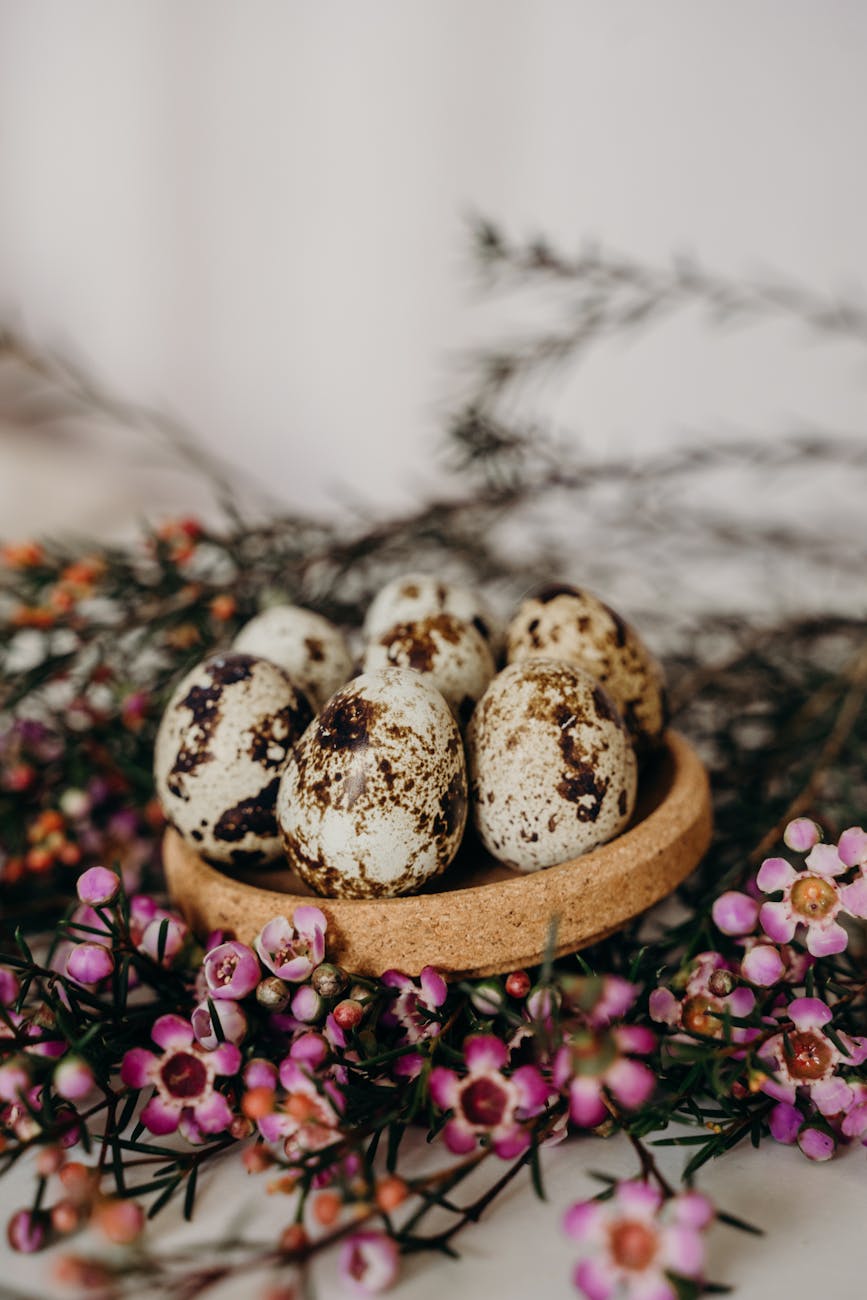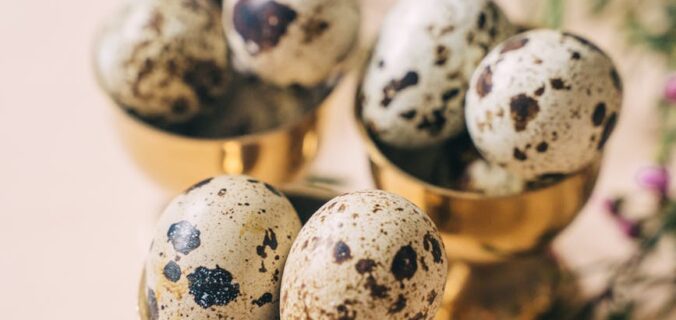Quail are efficient little egg-layers, but their peak doesn’t last forever. By around 2 years old, their production slows. Some stop altogether, while others keep going but at a reduced rate. If you’re raising quail for eggs, this can feel like a short window of productivity. But don’t worry—you’re not powerless here!
Fun fact: Coturnix quail, one of the most common backyard breeds, can lay up to 300 eggs a year during their peak. That’s an incredible output from such tiny birds! However, with age, their production naturally declines. This doesn’t mean they’re useless—far from it. Older quail still serve a purpose, and there are even ways to encourage them to keep laying longer.
Factors That Affect Egg-Laying Lifespan
1. Breed
Different quail breeds have different lifespans and productivity levels. Coturnix quail, for instance, are prolific egg-layers but have a shorter productive life compared to Bobwhites.
2. Environment
Stress can shorten a quail’s laying window. Overcrowding, loud noises, or sudden changes in their environment can lead to early burnout.
3. Diet
Nutrition plays a huge role. Quail fed a high-quality diet with adequate protein (20-24%) tend to lay longer.
4. Light Exposure
Quail need about 14 to 16 hours of light per day to stay productive. If they don’t get enough light, they’ll stop laying sooner.
How to Prolong Egg Production
1. Provide Consistent Light
Use supplemental lighting to extend “daylight” hours, especially during fall and winter. A small bulb on a timer can make a big difference.
2. Optimize Their Diet
Feed your quail a balanced diet that meets their nutritional needs. Adding calcium (like crushed oyster shells) keeps their eggshells strong, and maintaining high protein levels can support laying longer.
3. Keep Them Comfortable
Make sure their living space is clean, safe, and calm. Quail thrive when they feel secure. Regularly check for overcrowding, predators, or coop stressors.

What Happens After They Stop Laying?
So, what do you do when your quail stop laying eggs? Don’t think of it as the end of their usefulness. Older quail can still contribute to your homestead in different ways.
1. Breeding Stock
Even if a quail no longer lays eggs consistently, they can still produce fertilized eggs for hatching.
2. Companionship
Some people keep their quail as pets after their egg-laying days are over. They’re low-maintenance and fun to watch!
3. Meat Production
Older quail can be used for meat, though their meat tends to be tougher than younger birds. Slow cooking can help with this.
Knowing When to Retire Your Quail
Not every quail keeper needs to keep non-laying birds. If your primary goal is egg production, it’s okay to replace aging quail with younger ones. Keep in mind that raising new quail can be an ongoing cycle. Many backyard keepers incubate their own eggs or buy new chicks annually to maintain a steady supply.
Conclusion
Quail are incredibly productive birds, but their egg-laying days aren’t endless. Most quail stop laying around 2 years old, but proper care can extend their productivity. Keep their diet balanced, provide adequate light, and reduce stress to give them the best chance at a longer laying period.
When they do stop laying, don’t feel discouraged. There are still plenty of ways older quail can contribute to your flock or homestead. Whether you keep them for companionship, breeding, or meat, their journey doesn’t have to end with their last egg.
Raising quail is a rewarding experience from start to finish. By planning ahead and caring for your flock, you’ll enjoy every stage of their productive (and non-productive) lives!
